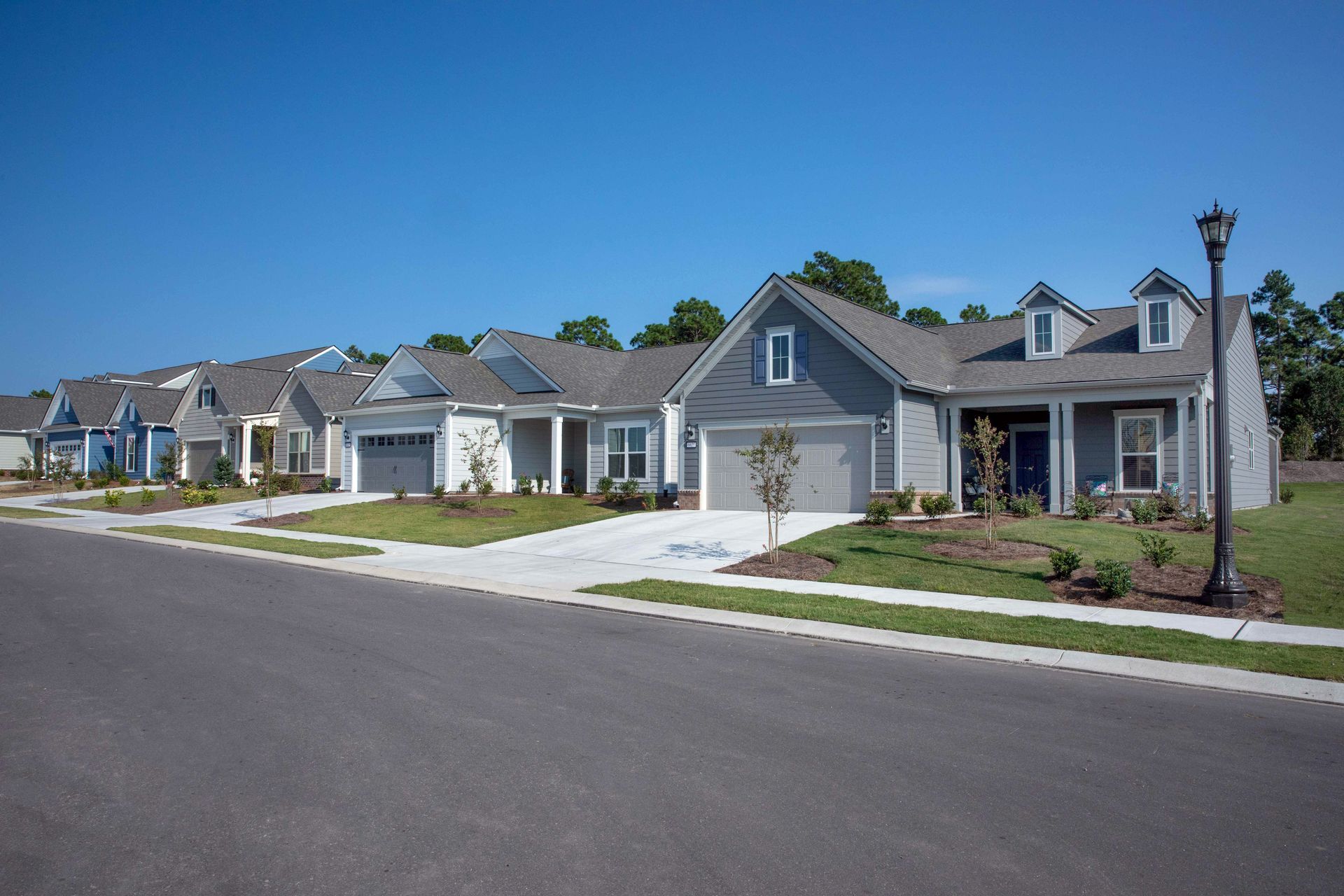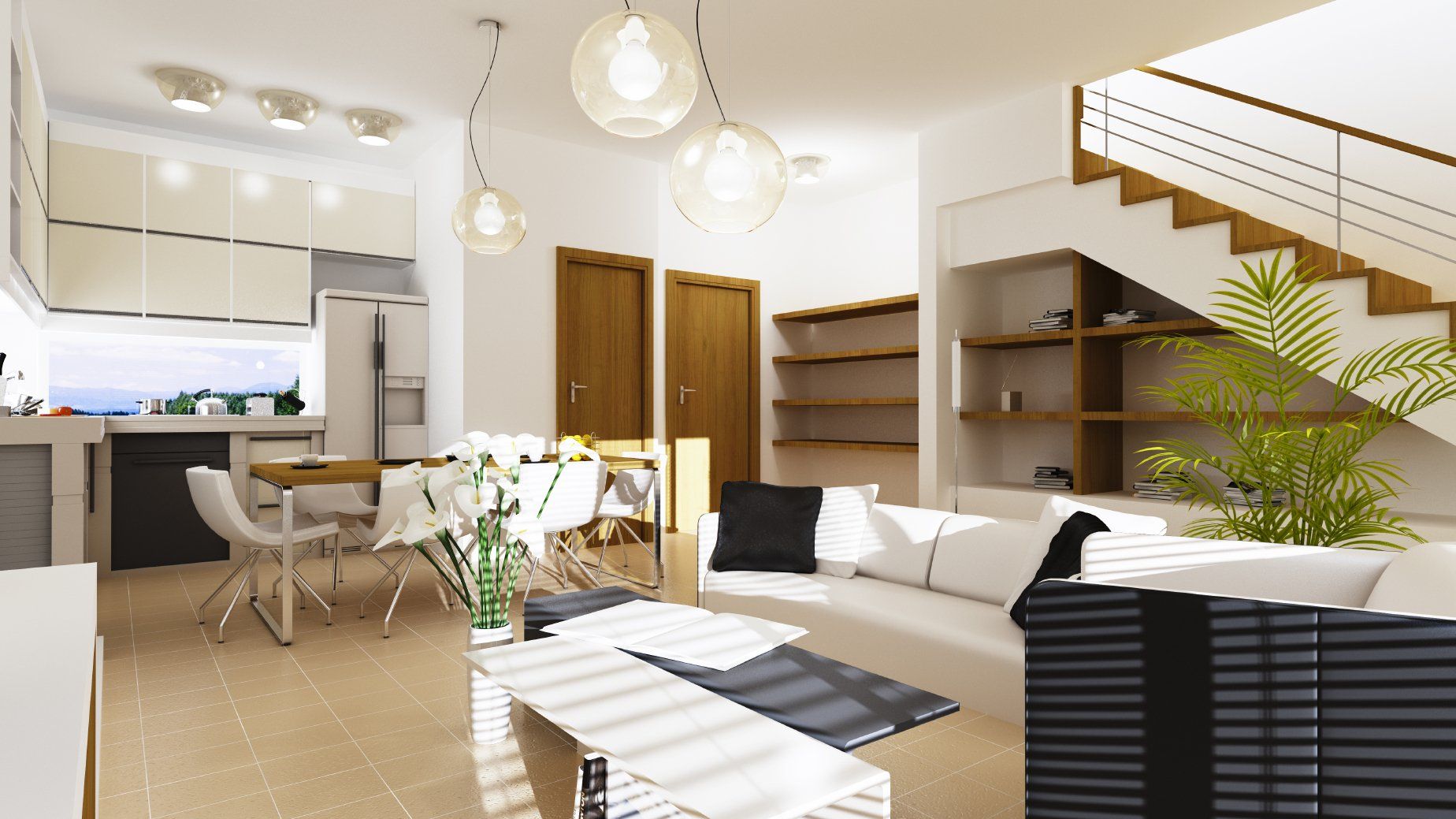Finding Harmony at Home Through Feng Shui
There are a million different ways to make your house feel like home, from hanging gallery walls, to showing off your hobbies through your décor. Among these many approaches to interior design is a philosophy called feng shui, a practice believed to help cultivate an environment where you feel centered, happy and creative. Feng shui consultant Susan Chan shared tips to help you understand how you can align your home with the natural world and create a nurturing, supportive space.
What is feng shui?
Feng shui is an ancient Chinese art that originally came through India and Tibet about 7,000 years ago. The word “feng” means wind, and “shui” means water. Chan said the meaning behind feng shui comes from the idea that the natural world is a significant source of inspiration for balance and harmony.
“The Chinese believe that nature promotes good health,” she said. “And when you have good health, you can work, and when you can work, you can bring in fortune.”
The point of this philosophy is to create a harmonious environment that will support your wellbeing, from the décor you bring into your house, to the layout of your floor plan. Chan said feng shui emphasizes the importance of aligning your home with the natural flow of energy, also known as chi or qi, to enhance the quality of your life.
Some key tenets of feng shui
Feng shui is all about achieving balance, and there are several ways to do that. Its principles take cues from the natural world to help bring positive energy into your space. Having a clean home and avoiding awkward furniture placement are also among the methods for achieving balance. Let’s take a closer look at the tenets of feng shui.
Chi
In Chinese philosophy, chi represents an energy that flows through all living things, and it's what binds everything, all the way from a universal scale, to individual rooms in your house. To be surrounded by positive chi means to have peace and comfort.
“Ensuring that chi flows freely and effortlessly throughout your home is crucial,” Chan said. This can include arranging your space to encourage good energy circulation (more on how to do that below).
Yin and yang
One aspect of practicing feng shui is balancing opposing forces to achieve harmony. Yin represents slower and calmer energy, while yang represents active and vibrant energy. So you’d want more yin in your bedroom and more yang in your living room, for example.
“A well-balanced home and lifestyle has a mix of both to create a dynamic yet peaceful environment,” Chan said.
The bagua Map
This feng shui tool helps identify which areas of your home correspond to different aspects of your life, such as wealth, creativity, and relationships. It is often laid out in the shape of an octagon, made up of eight wedges surrounding a circle in the center. That center represents the emotional and physical health of the home’s occupants. This map is meant to be layered over your entire floor plan, or even in a single room, so you can design your space to encourage the flow of energy throughout.
“By aligning your space according to the bagua, you can enhance specific areas to make sure your space supports your goals and well-being,” Chan said.
Natural elements
Having a feng shui home layout encourages using natural elements and materials in your décor. Chan said this works to connect you to your environment and allows for a sense of tranquility that may come with being outdoors. There are five elements you can use when decorating: Earth, fire, metal, water, and wood.
Let’s say you want to incorporate water into your home, but you’d rather not have a water fountain inside. You could add a blue accent chair or some art that has flowing shapes instead. Want to include fire, but don’t have a fireplace? Candles will suffice, or even some warm lighting.
Seeing feng shui when choosing a home
Before we go further, it’s important to understand that this philosophy is not just about how you arrange your furniture. Chan said doing so is important for energy flow, but more so, it’s about balancing your space and yourself in the home.
“Another misconception is that feng shui is complicated and requires major changes and a huge financial investment,” Chan said. “Depending on the scope of your goals and project, small adjustments can make a big difference in creating a harmonious environment.”
It’s not uncommon for architects to work with feng shui experts, like Chan, when they’re drawing up blueprints for commercial and residential structures. In fact, she said it goes back a long way.
“In ancient China, people would consult a feng shui expert to select the perfect plot of land, design the blueprint of their home, and guide them through construction and furnishing to align with feng shui principles,” she said.
When you’re looking at a home, or looking at building one, here are some features to keep in mind:
The floor plan
A deeper floor plan is preferred over a wider one, according to Chan. That means a home where the structure extends further back than its width when looked at from the front, as opposed to a house that’s wide and shallow from the same view.
This allows positive energy to be welcomed deeper into your home and increases the likelihood of it staying. If you’re shopping for existing homes, many listings on Zillow have 3D floor plans to give you a better idea of how the energy would flow through your space and whether it's a good fit for what you want. When searching for a home, select the “must have 3D tour” filter.
The ceilings
Ceilings should be at a comfortable height — not too low or too high. You don’t want to feel oppressed by your home, or too disconnected from it. If your head nearly touches the ceiling, that’s not ideal. And if it extends more than eight or nine feet up, then it feels less cozy.
If this is the case for a very large room, like an open-concept living room and kitchen area, then it may feel fine because it’s proportionate. But if your bedroom isn’t overly large, your ceilings shouldn’t be too high, since you’ll lose that comfy feeling.
If your ceilings do feel too high, you could hang something like a chandelier to help give the sense that things are more closed in — just don’t go too low, or else the space will feel too tight.
The bathrooms
It’s best to avoid having a bathroom too close to a bedroom, since bathroom energy is not considered positive. Plus, bathrooms are associated with bacteria, and you don’t want that near an area that should be pleasant.
“By selecting the ideal plot, choosing the best floor plan, making thoughtful construction decisions, and picking architectural details that match the occupants' energy and elements, we can create a home that supports their health and helps them reach their full potential,” Chan said.
Decorating for balance, inside and out
As we said earlier, many feng shui methods essentially ask you to make things feel less awkward in your home: i.e., don’t buy furniture that’s too large for your space (so you won’t have to squeeze around your own home).
Remember, incorporating this practice into your space doesn’t mean you have to rearrange your whole house or spend big. In fact, it may come down to just making some small adjustments.
And don’t forget about the power of nature. Each of the elements mentioned earlier has its own characteristics, and can shape your home’s energy differently. Chan said it’s important to balance them out and avoid oversaturating your home with one over the others. This does not mean you need to have a lot of any of them.
When you’re looking for what types of items to include, Chan said she loves to decorate with mirrors.
“Mirrors, when placed correctly, can amplify positive energy and bring vibrant energy to areas that may lack it,”
Another favorite of hers is plants. She said they’re a nice way to include nature in your home and add some vibrant energy.
The living room
Sofas serve as an anchor to a room and a place of relaxation, so they should be placed against a wall to help you feel supported and safe. If you can’t do that, you could place a sofa table against the back instead.
Try to avoid having your sofa against a window. This will help avoid disrupting the energy entering your home and help you feel secure. Be sure to leave plenty of space between your furniture so both chi and people can move through.
The bedroom
Having a doorway directly in front of the foot of your bed can disrupt your home’s calming flow and your peace of mind. It could feel unsettling to see a dark hallway in front of you when you’re trying to fall asleep. Having the bed diagonally across from the door is recommended.
If possible, try to have some symmetry (in keeping with the goal of balance) in this room, specifically by using matching nightstands on either side of your bed.
The yard
The outside of your home also offers some opportunities to promote the flow of positive energy. Chan said curb appeal is key. Making your home aesthetically pleasing enhances its resale value, plus it can make you feel good whenever you see your nice, clean yard. This applies to the backyard as well.
Chan also said having a neat exterior attracts good energy, as energy loves to find people easily, as opposed to having to squeeze and wind through various obstacles.
What’s the best décor approach for you?
There are a number of ways you can have a home layout that follows some feng shui rules. Chan said most people fall into two camps: those who have too much stuff and tend to be overwhelmed in their lives, and people who are minimalists, who may feel like they are searching for more in their lives.
She suggests doing some reflection to figure out which one of these describes you the best (it doesn’t have to be an exact match). Depending on what you find, there are different tips you can follow.
If your home feels cluttered, start by intentionally releasing nine things in the next nine days so you can create space for more positive energy to come in. If it doesn’t “spark joy,” consider tossing it out, or donating it.
If you tend to be more minimal, consider adding some color, texture, or natural elements to your home using plants or rocks.
“[Add things] that make you and your insides feel warm and fuzzy,” Chan said. “And yes, I said ‘warm and fuzzy.’”
You don’t have to do it all
There is such a thing as "feng shui paranoia,” as Chan calls it. This is where you may feel compelled to apply every principle you read about, even when it's unnecessary. Chan said it’s OK to take a more hands-off approach.
"If it ain't broke, don't fix it,” she said.
By concentrating on the strengths of your space and making mindful, meaningful adjustments, you can create a harmonious and supportive environment without getting overwhelmed. Instead of trying to follow everything the experts suggest, focus on what you want to improve in your life. Chan suggests identifying a few areas you'd like to enhance and use feng shui to address them.
“I always emphasize the importance of focusing on what you have, rather than what you lack,” Chan said. “My approach to feng shui is all about highlighting the positives.”
Source: Zillow
Dusty Rhodes Properties is the Best Realtor in Myrtle Beach! We do everything in our power to help you find the home of your dreams. With experience, expertise, and passion, we are the perfect partner for you in Myrtle Beach, South Carolina. We love what we do and it shows. With more than 22 years of experience in the field, we know our industry like the back of our hands. There’s no challenge too big or too small, and we dedicate our utmost energy to every project we take on. We search thousands of the active and new listings from Aynor, Carolina Forest, Conway, Garden City Beach, Longs, Loris, Murrells Inlet, Myrtle Beach, North Myrtle Beach, Pawleys Island, and Surfside Beach real estate listings to find the hottest deals just for you!
Share





